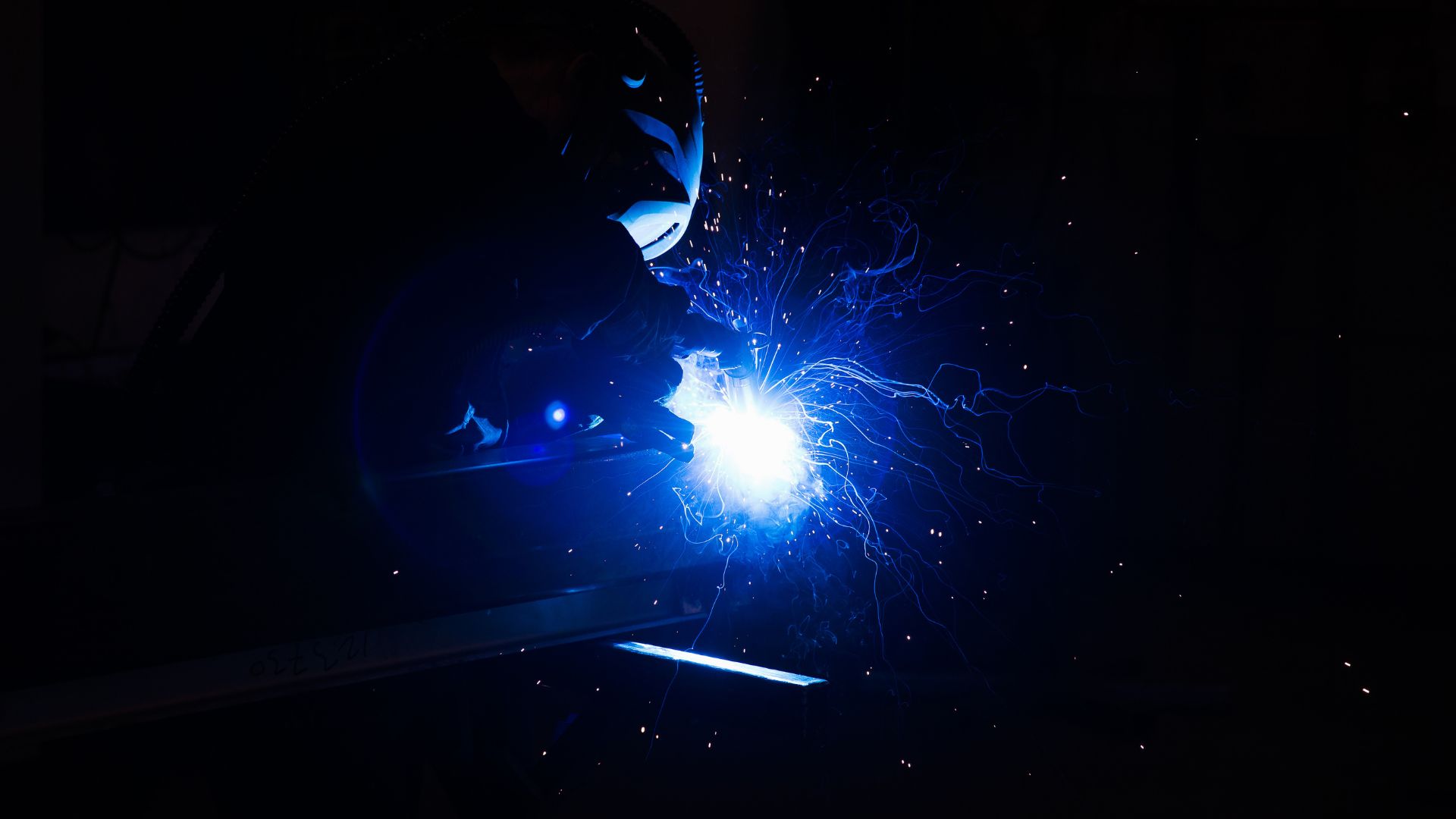
- For Hire
- For Sale
- Our Fleet
- Used Equipment

TIG welding is a versatile and precise method that produces high-quality and aesthetically pleasing welds on a variety of metals.

For Hire
Redrock’s fleet of TIG welders for hire and rental provides a flexible solution for your next welding project.



Choosing the right TIG welder to hire for your next project involves evaluating your welding needs, including which materials your team will be working with, material thicknesses, power requirements and additional features that will enhance precision and control.
By considering these factors and understanding the capabilities and limitations of different models, you can hire a TIG welder that provides the best performance and value for your throughput.
TIG welders are ideal for working with a variety of materials, including stainless steel, aluminium, titanium and copper alloys. Unlike MIG welding, TIG welders are better suited for thinner materials thanks to the level of control offered over the weld pool and heat input meaning a lower amperage can be used when required.
We’re here to ensure you hire the correct TIG welder for your project, so choosing the machine that’s best-suited to your power demands is crucial. If your requirements include welding aluminium or magnesium, you’ll need a TIG welder with AC (alternating current) capability. DC (direct current) is used for welding steels, stainless steels and other metals. Our team of specialists can advise on the best equipment to support your immediate requirements and power supply limitations.
Depending on your workforce’s capabilities, the choice of foot pedal or hand control in TIG welders is key. Whilst a foot pedal offers real-time control of the welding current to provide more precise welds, hand control is useful for situations where a foot pedal may be impractical.
Frequently Asked Questions
TIG welding (Tungsten Inert Gas welding) uses a non-consumable tungsten electrode to produce the weld. The process relies on an electric welding arc created between the tungsten electrode and the workpiece to generate the necessary heat for welding.
The choice between MIG and TIG welding machines depends on multiple factors, including application, material and the skill level of your welders. Each welding machine and its process have advantages and disadvantages, making them suitable for different use cases.
Whilst MIG welders offer the advantage of high production speeds, TIG welders produce higher-quality welds due to increased levels of control and precision.
Unlike MIG welders, TIG welding machines aren’t affected by external factors such as wind sensitivity due to the absence of any shielding gas requirements.
Cost is another factor that must be considered – TIG welding machines are often more expensive than MIG welders, however, provide a crucial investment for your business due to the premium quality of weld produced by the welding process.
There are many benefits of the TIG welding process:
Although TIG welders have many benefits, including precision and control, they often come at a higher price point than alternative welding machines. This level of quality means a longer lead time, making them less suitable for high-volume production.
TIG welding machines are often considered more difficult to master and less accessible to beginners, meaning that less experienced workers may struggle to master the welding process without further training and skill development.
Application areas of TIG welders can vary across multiple sectors, prioritising tasks that require high-quality, clean welds on thin sheet metal and mild steel.
The ability to produce detailed and intricate components makes any TIG machine an optimum choice for the aerospace and automotive industries, as well as the manufacturing of metal medical devices and electronics.